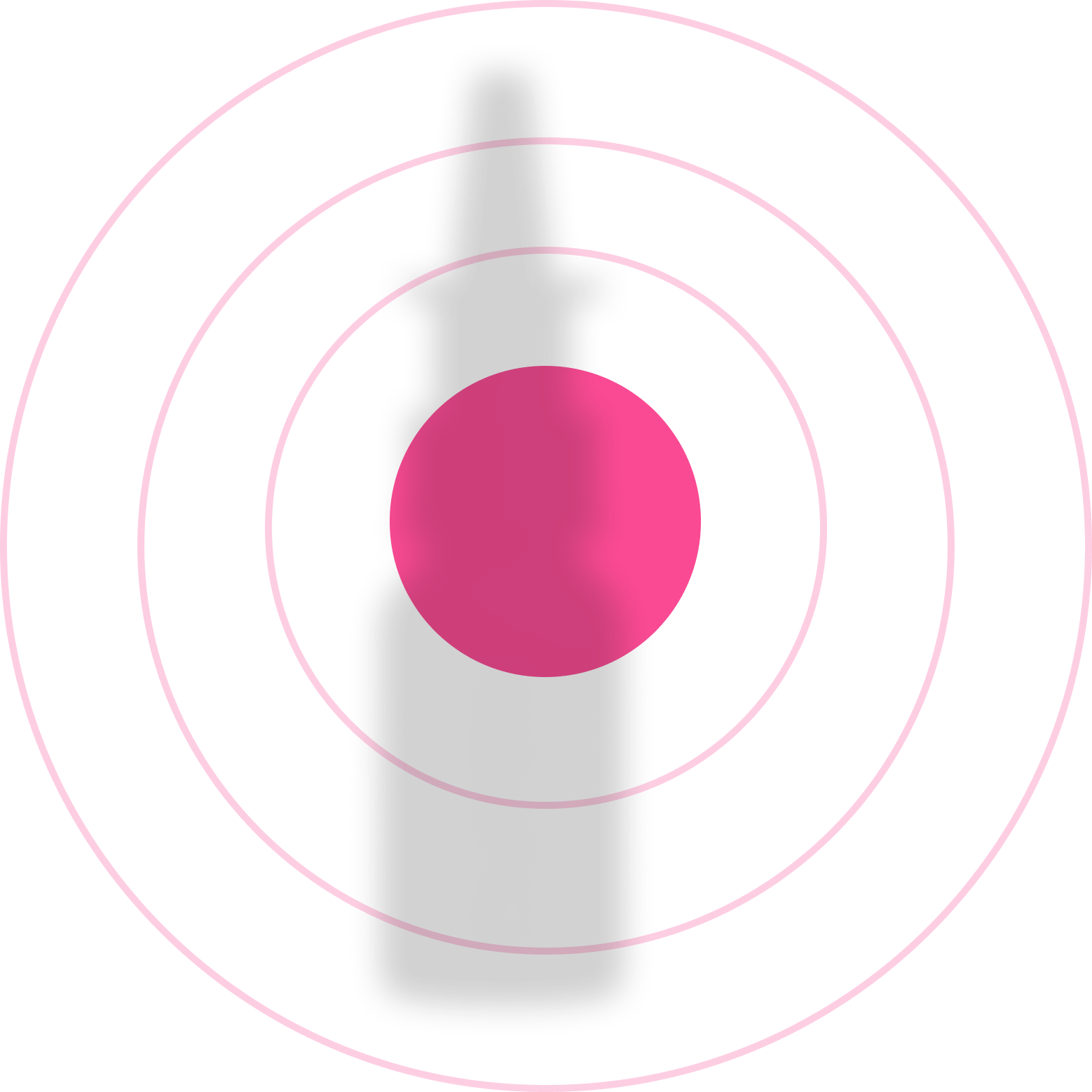
A modern clinic for at-home treatments
(857) 240-1080
Take Quiz
Get started with the most affordable immunotherapy for only $49 $9.99
Discount applied at checkout.


Curex does not treat this allergen










Dr. Chet Tharpe, M.D..
Updated May 3, 2025
One common symptom of Casuarina pollen allergy is a runny or stuffy nose. This is due to the body's immune response to the pollen, which induces excessive mucus production in the nasal passages, leading to either a runny or congested nose.
Exposure to Casuarina pollen may cause your eyes to become watery or itchy. This is another immune response, where the body releases histamines that irritate the eyes, causing them to feel itchy, red and watery.
Sneezing is another key symptom of Casuarina pollen allergy. The body's reaction to the pollen irritants often triggers a reflex that results in a forceful expulsion of air from the nose and mouth, commonly known as sneezing.
An itchy throat or ears can also occur when allergic to Casuarina pollen. The same immune response that causes runny and stuffy nose, also irritates the throat and ear canals, causing an itching sensation.
Coughing is a common symptom of many allergies, including Casuarina pollen. The pollen can irritate the air passage causing a dry, persistent cough as the body attempts to remove the irritants from the respiratory tract.
A person allergic to Casuarina pollen may experience fatigue. The immune system's constant battling against the pollen can wear out the body, resulting in a feeling of tiredness or lack of energy.
Recognize your symptoms?

Identifying Symptoms of Casuarina Pollen Allergy
Identify Exposure to Casuarina Pollen
Consult a Healthcare Professional
If you suspect that you may have a Casuarina pollen allergy, it is important to have an allergy test. An allergist can perform skin tests or blood tests, which involve exposing the skin or blood to a small amount of Casuarina pollen to see if a reaction develops.



.jpg)
Don't wait until next season. Start now and enjoy a life free from allergies!
Am I eligible?




Allergies often flare-up when the pollen count is high. During the Casuarina pollen season, try to stay indoors especially on windy days. If possible, plan your outdoor activities for times when the pollen count is expected to be low, typically in the early morning or late evening.
When going outdoors during the Casuarina pollen season, wearing sunglasses and a wide-brimmed hat can help reduce the amount of pollen that gets into your eyes. If you're particularly sensitive, consider wearing a face mask.
To minimize exposure to Casuarina pollen, it's advised to keep your home and car windows closed during pollen season, especially during peak pollen times. Use air conditioning at home and in your car instead.
After spending time outside, it's a good idea to take a shower and change your clothes to remove any pollen that may have attached to your body or clothing. Regularly washing your hair can also help remove pollen, as well as regularly cleaning your home to eliminate any pollen that may have been tracked inside.
Ready to forget about allergy hassles? Try immunotherapy!

Review your allergy test results with a Curex allergist.

Unique Triggers of Casuarina Pollen Allergy
Medications for Casuarina Pollen Allergy
Treatment Option
Casuarina Pollen Interactions with Other Tree Pollens
Have questions left?
Take our quiz and get a personalized consultation!

Treatment prescribed
by clinician


Clinicaly made allergen extracts are customized for your allergies


Your immune system gets desensitized to allergens, giving you long-term relief.
Get started with the most affordable immunotherapy for only $49 $9.99
Discount applied at checkout.


Master Casuarina pollen allergy: learn key symptoms, diagnosis, treatment, prevention tips & diet advice to ease your discomfort.










Dr. Chet Tharpe, M.D..
Updated July 9, 2025
gr.
Carbohydrates
gr.
Sugar
gr.
Fats
gr.
Proteins
Calories
One common symptom of Casuarina pollen allergy is a runny or stuffy nose. This is due to the body's immune response to the pollen, which induces excessive mucus production in the nasal passages, leading to either a runny or congested nose.
Exposure to Casuarina pollen may cause your eyes to become watery or itchy. This is another immune response, where the body releases histamines that irritate the eyes, causing them to feel itchy, red and watery.
Sneezing is another key symptom of Casuarina pollen allergy. The body's reaction to the pollen irritants often triggers a reflex that results in a forceful expulsion of air from the nose and mouth, commonly known as sneezing.
An itchy throat or ears can also occur when allergic to Casuarina pollen. The same immune response that causes runny and stuffy nose, also irritates the throat and ear canals, causing an itching sensation.
Coughing is a common symptom of many allergies, including Casuarina pollen. The pollen can irritate the air passage causing a dry, persistent cough as the body attempts to remove the irritants from the respiratory tract.
A person allergic to Casuarina pollen may experience fatigue. The immune system's constant battling against the pollen can wear out the body, resulting in a feeling of tiredness or lack of energy.
Recognize your symptoms?

Casuarina pollen, often known as Australian pine pollen, is typically released during the U.S. spring season. However, depending on the specific climate conditions of a particular area and year, the exact timing may slightly vary. Early spring months are usually when it is most prevalent.
Monitor Pollen Levels and Plan Accordingly
Identify Casuarina Pollen Allergy Symptoms



.jpg)
Don't wait until next season. Start now and enjoy a life free from allergies!
Am I eligible?



Review your allergy test results with a Curex allergist.

Treatment prescribed
by clinician


Clinicaly made allergen extracts are customized for your allergies


Your immune system gets desensitized to allergens, giving you long-term relief.
Get started with the most affordable immunotherapy for only $49 $9.99
Discount applied at checkout.


Master Casuarina pollen allergy: learn key symptoms, diagnosis, treatment, prevention tips & diet advice to ease your discomfort.










Dr. Chet Tharpe, M.D..
Updated July 9, 2025

Exposure to Casuarina pollen may cause your eyes to become watery or itchy. This is another immune response, where the body releases histamines that irritate the eyes, causing them to feel itchy, red and watery.

Casuarina pollen, often known as Australian pine pollen, is typically released during the U.S. spring season. However, depending on the specific climate conditions of a particular area and year, the exact timing may slightly vary. Early spring months are usually when it is most prevalent.
Monitor Pollen Levels and Plan Accordingly
Identify Casuarina Pollen Allergy Symptoms

One common symptom of Casuarina pollen allergy is a runny or stuffy nose. This is due to the body's immune response to the pollen, which induces excessive mucus production in the nasal passages, leading to either a runny or congested nose.



Don't wait until next season. Start now and enjoy a life free from allergies!
Am I eligible?



Review your allergy test results with a Curex allergist.

Treatment prescribed
by clinician


Clinicaly made allergen extracts are customized for your allergies


Your immune system gets desensitized to allergens, giving you long-term relief.

Casuarina pollen, often known as Australian pine pollen, is typically released during the U.S. spring season. However, depending on the specific climate conditions of a particular area and year, the exact timing may slightly vary. Early spring months are usually when it is most prevalent.
Monitor Pollen Levels and Plan Accordingly
Identify Casuarina Pollen Allergy Symptoms

It’s a physician-prescribed, custom-compounded formula designed to target all your nasal symptoms at once — congestion, runny nose, post-nasal drip, sneezing, and more.

Formulated by doctors and pharmacologists and backed by clinical research, Quickie combines five powerful ingredients into one easy spray.

Typical prescription may include the following ingredients: Azelastine HCL 0.15%, Mometasone Furoate 0.05%, Oxymetazoline HCL 0.0125%, Ipratroprium 0.06%, Sodium Hyaluronate 0.04%.
Straight to the source. That’s Curex


Quickie is a compounded prescription medication, prepared by a licensed pharmacy. It is not reviewed or approved by the FDA. It is prepared based on your provider’s evaluation of your symptoms and needs. Individual results may vary.

Lauren S.
No longer having to go the doctor's office a few times a week for painful shots.
Tony P.
I have done allergy shots in the past but found it pretty inconvenient to go every week. I really like the ease as compared with physically going to the doctors office.

Robert S.
The treatment is much less expensive than a course of allergy shots at a doctor's office and eliminates numerous trips to the doctor's and all the waiting time.
Janie L.
My seasonal allergies were much less severe than years prior. Most importantly, the convenience of taking drops in my own home is unbeatable.

Most patients feel relief within 15 minutes. We have both short-term relief ingredients as well as longer-term relief to keep you feeling better, longer. Some say it’s like turning off their allergies.
Sneezing runny nose, nasal congestion, post-nasal drip, sinus pressure, itchy nose. Great for outdoor allergies, indoor dust, or when pollen spikes unexpectedly.
No, this formula uses a microdose of oxymetazoline, balanced with anti-inflammatory and moisturizing ingredients to reduce the risk of rebound congestion. Clinical studies over the last decade show that when oxymetazoline is combined with a corticosteroid, it can be used safely over the long term without causing rebound symptoms.
Quickie Spray combines up to five prescription-strength ingredients into a single, personalized formula — targeting multiple symptoms like congestion, post-nasal drip, and inflammation. OTC sprays typically address just one symptom and lack the synergy of a customized blend.
Some ingredients like azelastine may cause a slight taste, but many patients find it milder than traditional OTC sprays. Proper spray technique (head forward, not tilted back) helps minimize drip.We also offer an alternative formulation with olopatadine, which has a gentler taste profile and may be preferred by taste-sensitive patients.
Quickie is designed to replace most other allergy medications. But it is designed to compliment allergy immunotherapy for long-term relief. If you’re currently taking other antihistamines or nasal sprays, tell your Curex provider, so we can adjust your formula to avoid overlap or interactions.
No, Quickie is a personalized compounded prescription prepared by licensed U.S. pharmacies based on your doctor’s evaluation. Compounded medications are not FDA-approved as commercial products, but they are regulated under federal and state pharmacy laws.
Possible side effects include nasal dryness, mild irritation, or occasional nosebleeds. These are typically mild and manageable. Let your Curex provider know about any bothersome or serious effects, so we can fine-tune your prescription if needed.
Quickie is safe for daily use, especially during the first 3–6 months of allergy immunotherapy, when symptoms are still active. Your Curex provider may adjust your dose or frequency as your immune system builds tolerance.
Quickie is designed to be non-sedating, so you can use it before work, school, or exercise without feeling groggy or foggy. In rare cases where drowsiness is reported, let your Curex provider know—we can easily adjust the formula to better suit your needs.
Yes, Quickie Spray can be prescribed for children aged 6 and up, based on your provider’s clinical evaluation.
Follow the instructions from your Curex provider.Most patients are advised to use one spray per nostril, twice daily — morning and evening — for consistent relief.